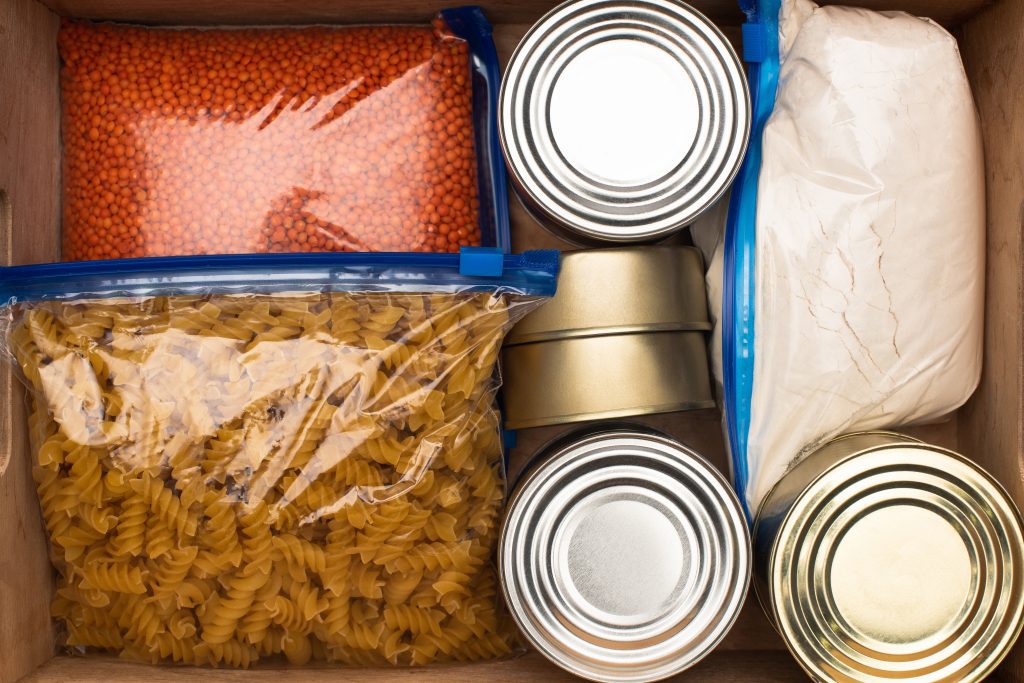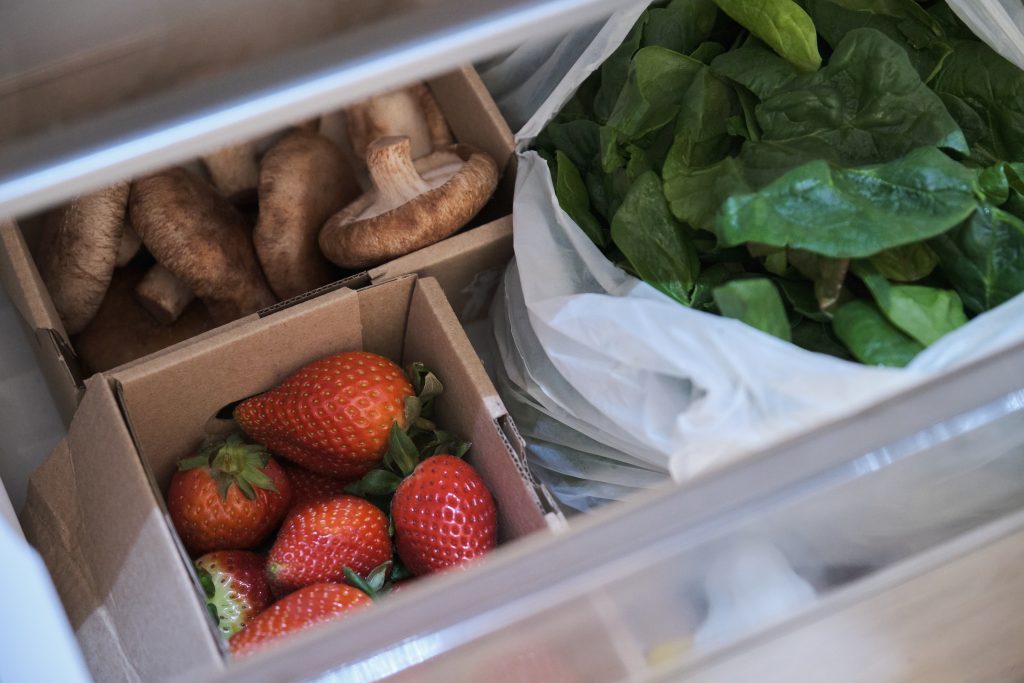Food storage and maintenance during a power outage is a common question for this time of year. Let’s take a look at a previous blog where I provided insights to FortisBC on how to maintain and store food during a power outage. In Southern B.C., we can take our fridges for granted most of the time. There are times when weather, wildlife and wear can take a toll on electricity infrastructure. So, it’s important to be prepared for unexpected power outages. Part of being prepared means knowing how to properly store and maintain food when the power goes out.
How do you keep your food safe during an outage?
 As a food scientist and the owner of Sirocco Food + Wine Consulting, my expertise lies in safe food storage and handling practices in industrial and food service settings. With emerging foodborne pathogens that can cause outbreaks, it’s extremely important to adhere to food storage considerations during a power outage.
As a food scientist and the owner of Sirocco Food + Wine Consulting, my expertise lies in safe food storage and handling practices in industrial and food service settings. With emerging foodborne pathogens that can cause outbreaks, it’s extremely important to adhere to food storage considerations during a power outage.
My top recommendation to avoid food waste while keeping friends and family safe is to be ready and informed before the power goes out. That means practicing safe food handling techniques. Your food has a better chance of staying safe during an outage if it’s been safely handled at all times and stored at a safe temperature.
What temperature should your fridge be?
Answer: Set your fridge at 4 °C and your freezer at -18 °C.
For safe food storage, it’s ideal to set your fridge at 4 °C and your freezer at -18 °C. Studies show that an alarming number of fridges are too warm. In 2006, Food Safety Magazine reported that 20 per cent of domestic and commercial refrigerators operate at a temperature of greater than 10 °C (50 °F). This year, Food Safety News quoted a Dutch study published in the International Journal of Food Microbiology saying that “the temperatures of 534 refrigerators on the bottom shelf showed they varied from −1 °C to 17 °C (30.2 to 62.6 °F), with two-thirds showing 6 °C (42.8 °F) or lower.”
Failing to keep food at a proper temperature could lead to the growth of illness-causing bacteria like salmonella, listeria and E. Coli. Overloading an older appliance with hot or warm food may also present food safety risks, as it may take longer for food to reach 4 °C.
How can you tell if your fridge is cold enough?
Answer: Check your fridge’s built-in thermometer.
 You can tell your fridge is cold enough by checking the built-in thermometer to make sure it reads 4 °C. If your fridge doesn’t have a built-in thermometer, purchase an appliance thermometer online or at your local retail or home supply store. They’re an inexpensive and accurate way to monitor your fridge’s temperature.
You can tell your fridge is cold enough by checking the built-in thermometer to make sure it reads 4 °C. If your fridge doesn’t have a built-in thermometer, purchase an appliance thermometer online or at your local retail or home supply store. They’re an inexpensive and accurate way to monitor your fridge’s temperature.
How can you keep your fridge cold during an outage?
Answer: Keep the door properly sealed and avoid unnecessary browsing.
Keep your fridge cold by avoiding unnecessary browsing during an outage. A properly sealed fridge should maintain food safely for four hours (sometimes even longer), so long as the door is kept closed. Food also remains safe at room temperature for up to two hours, which is about as long as you should put out appetizers during a cocktail party but longer than you should put out potato salad at a picnic or BBQ on a hot day.
Tips to manage food before, during and after and outage
For my top tips to help keep food safe before a power outage, during and after an unexpected power outage, visit the Fortis BC website.
It’s important to be prepared for an unexpected power outage. If you want to find out more about food safety, take a look at The Canadian Food Inspection Agency’s recommendations for handling food during a power outage.





